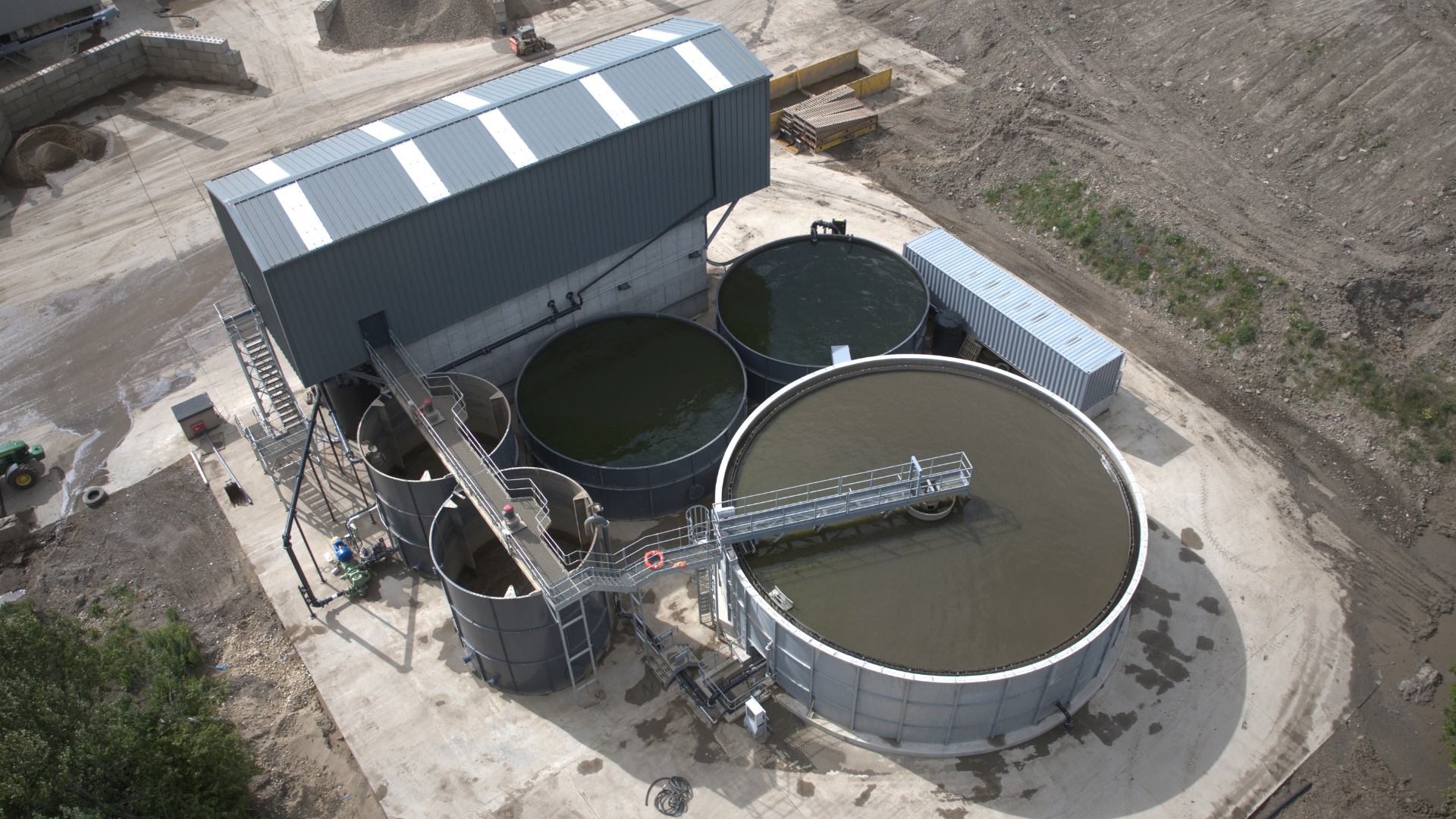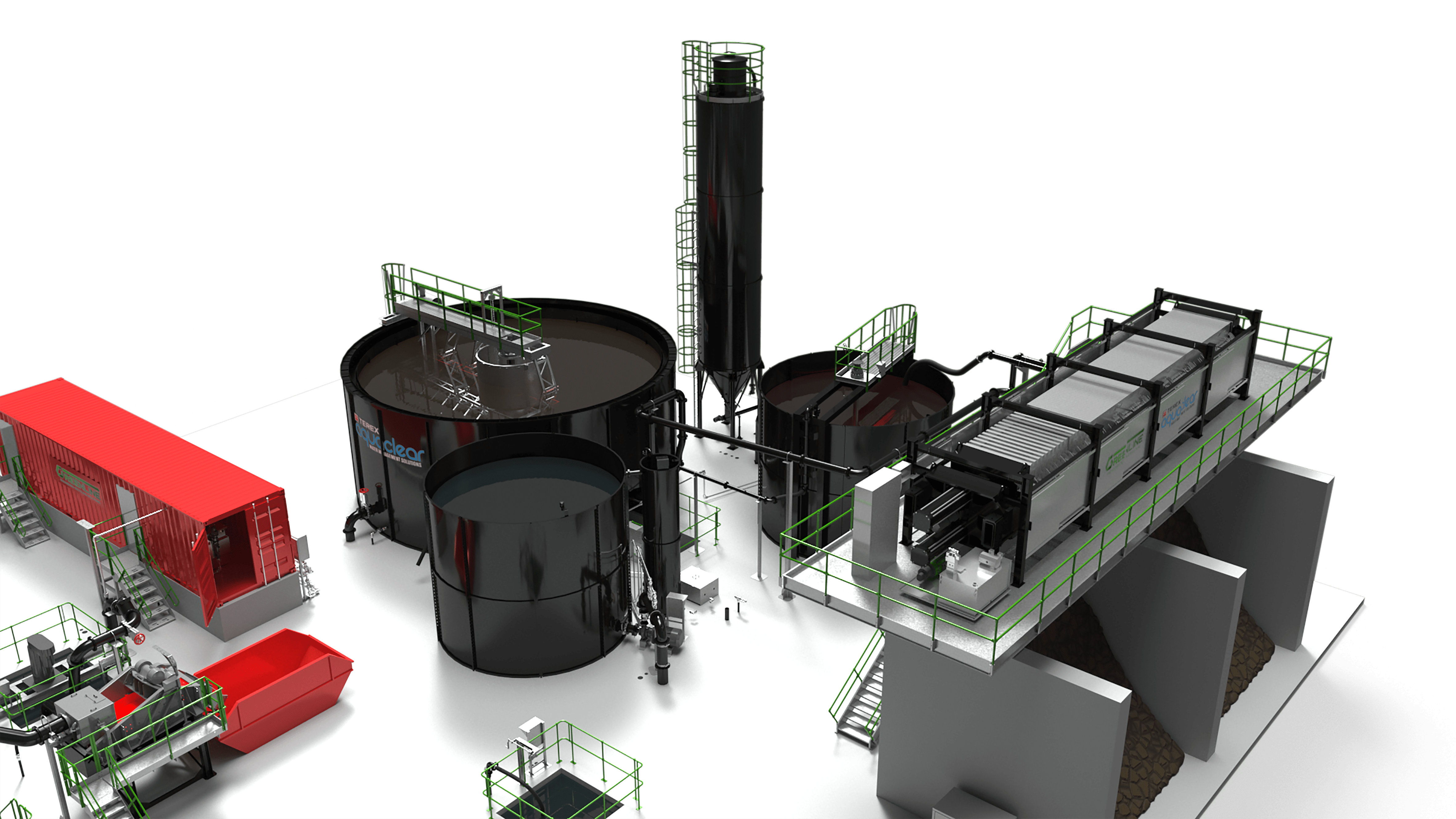 English
English



• Filter Presses: Efficiently recover water and minimise waste.
• Floc Dosing Systems: Enhance sedimentation and water clarity.
• Rake Thickeners: Optimise solids settling for effective water recycling.
• Deep Cone Thickeners: Provide high-capacity, space-saving solutions for water recovery.
• Maximise recovery of valuable materials.
• Reduce waste and minimise environmental impact.
• Enhance operational efficiency across industries, including aggregates, mining, and industrial by-products.
• Deliver scalable, modular solutions for flexibility and rapid deployment.
With a commitment to sustainability and performance, Terex Washing Systems provides tailored, high-quality water management solutions to meet your specific needs.

